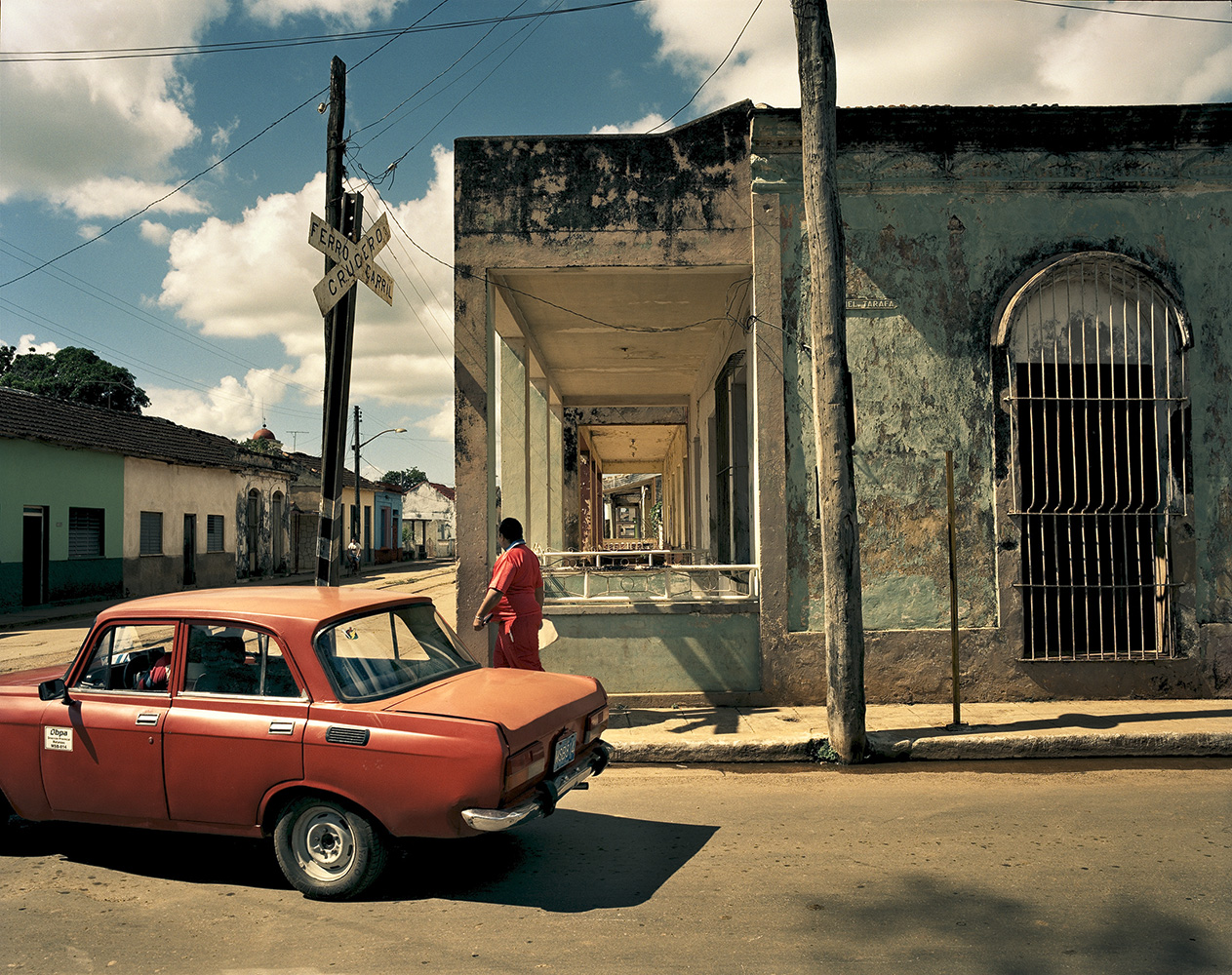
Last year, TIME ran a feature on social changes taking place in Cuba. For the piece, Danish photographer Joakim Eskildsen traveled to Havana to capture images of an evolving country where, for many years, time seems to have stood still. But, Eskildsen reasoned, this apparently idyllic picture may be on the brink of disappearing forever. Indeed, he wondered, are the social changes he witnessed happening only in Havana, or are they spreading throughout the entire island nation?
Looking for answers, Eskildsen embarked on a second journey to the country, driving over 1200 miles to the east, on not-so-good roads, to learn the truth about Cuba’s poorest regions. On his quest, he visited Santiago de Cuba, known to many as the cradle of Cuban traditional music, the home of rum and the birthplace of the Revolution. He turned his lens on incredible landscapes, and met locals who, despite the economic hardships they face (for many, the ravages of Hurricane Sandy are still a part of everyday life), were both welcoming and down to earth.
Eskildsen’s work gives us a rare glimpse of these Cuban regions, ones that differ greatly from the relative cosmopolitanism of Havana city. His sensitivity allowed him to catch, with his camera, the spirit of a people who crave change, and hope for a brighter future. Below, TIME’s Director of Photography and Visual Enterprise Kira Pollack, talks to Eskildsen about his trip, about what draws photographers to Cuba, and why he often snubs digital cameras, opting to use film. — Abel Gonzalez Alayon
Kira Pollack: Why are photographers drawn to Cuba?
Joakim Eskildsen: I can only speak for myself, but the mix of colonial history and the effects of the U.S. embargos — as well as the challenges of Cuba’s modern version of communism combined with modern capitalism make this Caribbean island pretty unique. And much of this uniqueness is present visually. So much good and bad has come out of this mix that you can get quite overwhelmed and confused, and I felt I needed to be a bit humble to try to understand it all from a Cuban angle.
KP: The light in Cuba feels quite magical. Why do you think that is?
JE: I expected a lot of sunshine, which indeed there was, but every day, there would be something else, too – a heavy shower, clouds; and at dusk there the atmosphere feels very dense and warm — quite unlike the dusk I am used to in my native Denmark, which seems to look blue and feel cold. At noon, the sunlight is sharp and light falls into every crack. The Cuban climate is so mild that people need no heating, and windows are really not needed — so it all feels very open.
KP: This trip encompassed the eastern part of the country – Las Tunas, Granma, Holguin, Santiago de Cuba and Guantanamo. What were your impressions? How does this region differ from the one you visited on your earlier trip to Havana?
JE: Besides vegetation becoming more tropical and the climate getting more humid the further south you get, rules appear to be followed more strictly in Eastern Cuba. While people in the Havana region seem to not be bothered by the presence of a photographer, I often experienced a feeling of suspicion in the south, particularly when I entered an official building, a shop, or even just walking around neighborhoods. At times, I was forbidden to photograph, which seldom happened in Northern Cuba.
KP: Is there another trip you would like to take to Cuba?
JE: Cuba is big, and each trip adds new insights and impressions and understanding, so I would very much like to see the northwestern parts that I did not get to visit.
KP: Many photographers have moved on to digital processes, but you have continued to use film. Why?
JE: I have come to love film for many reasons. Firstly, I have used film since 1986, and I know how it reacts in different lights and under various exposures — this is a knowledge that takes time to acquire. Also, whenever I have tested a middle format digital and small size cameras, I have been disappointed with how badly they work with highlights, which can easily be burned out. Digital is naturally sharper and cleaner, but also a lot more clumsy — you often need to change batteries up to three times daily and you need to carry a computer with you as you travel. These cameras also seem to be a lot more sensitive to rough weather, and — to my mind — seem to break more easily.
I carry one or two extra cameras with me, and good digital cameras can cost several times more than film cameras. Also, I do not take so many photographs, preferring just to photograph when I come across something special. With this method, I do not use more than 100 to 300 rolls a year. I also prefer to focus on what is in front of me — I am not a fan of looking at a camera display while I am in the middle of the photographic process, as often happens with digital cameras. I even like the fact that, with film, the development process afterwards is slower because I have to make contacts sheets, and edit on paper. I truly hope that Kodak and Fuji will continue producing their color negative film.
Joakim Eskildsen is a Danish photographer based in Berlin. LightBox previously featured Eskildsen’s work on the evolution of Cuban culture near Havana, and on Americans living below the poverty line.
Abel Gonzalez Alayon is a journalist based in Cuba. Follow him on Twitter @abelcuba.
Kira Pollack is TIME’s Director of Photography and Visual Enterprise.
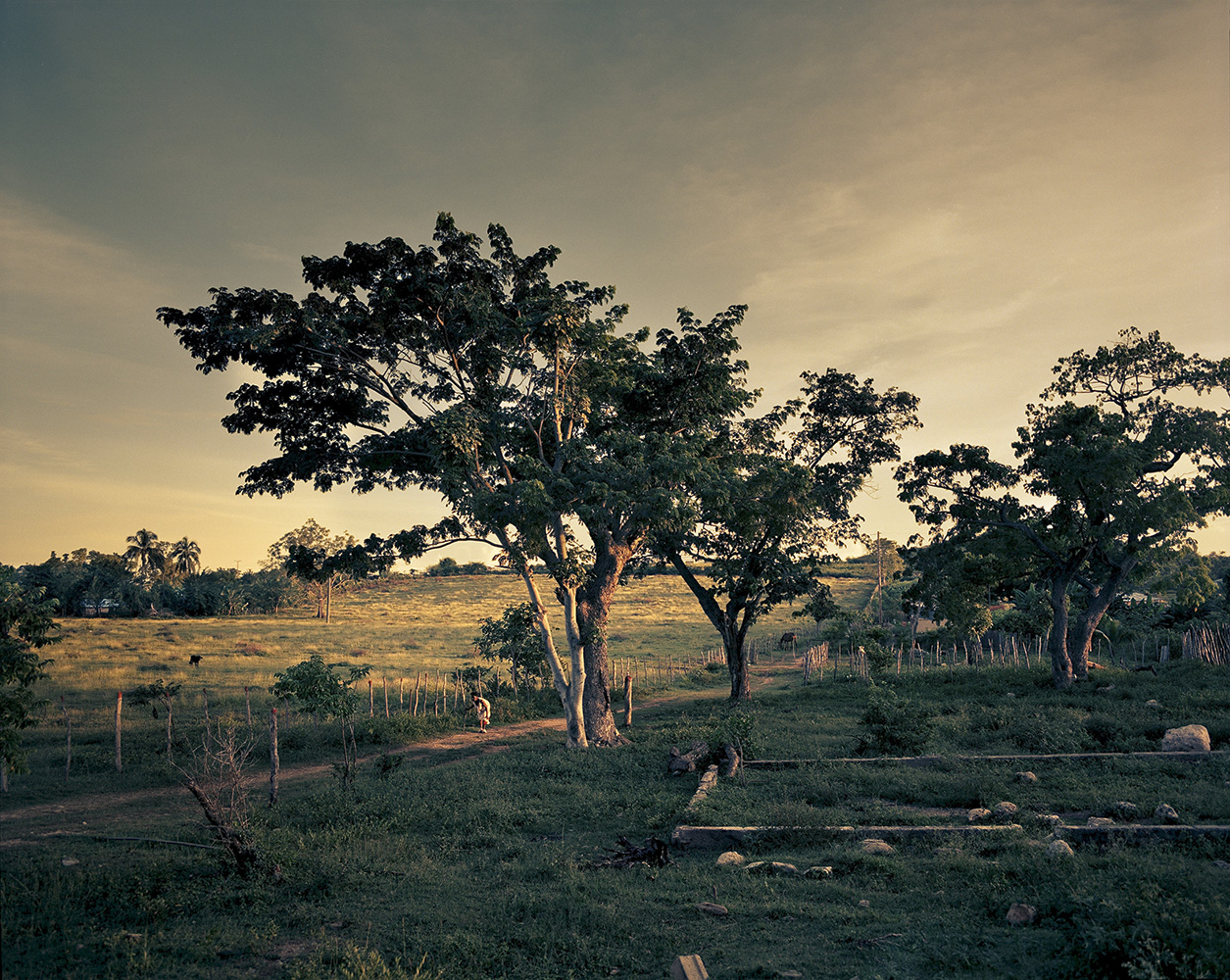
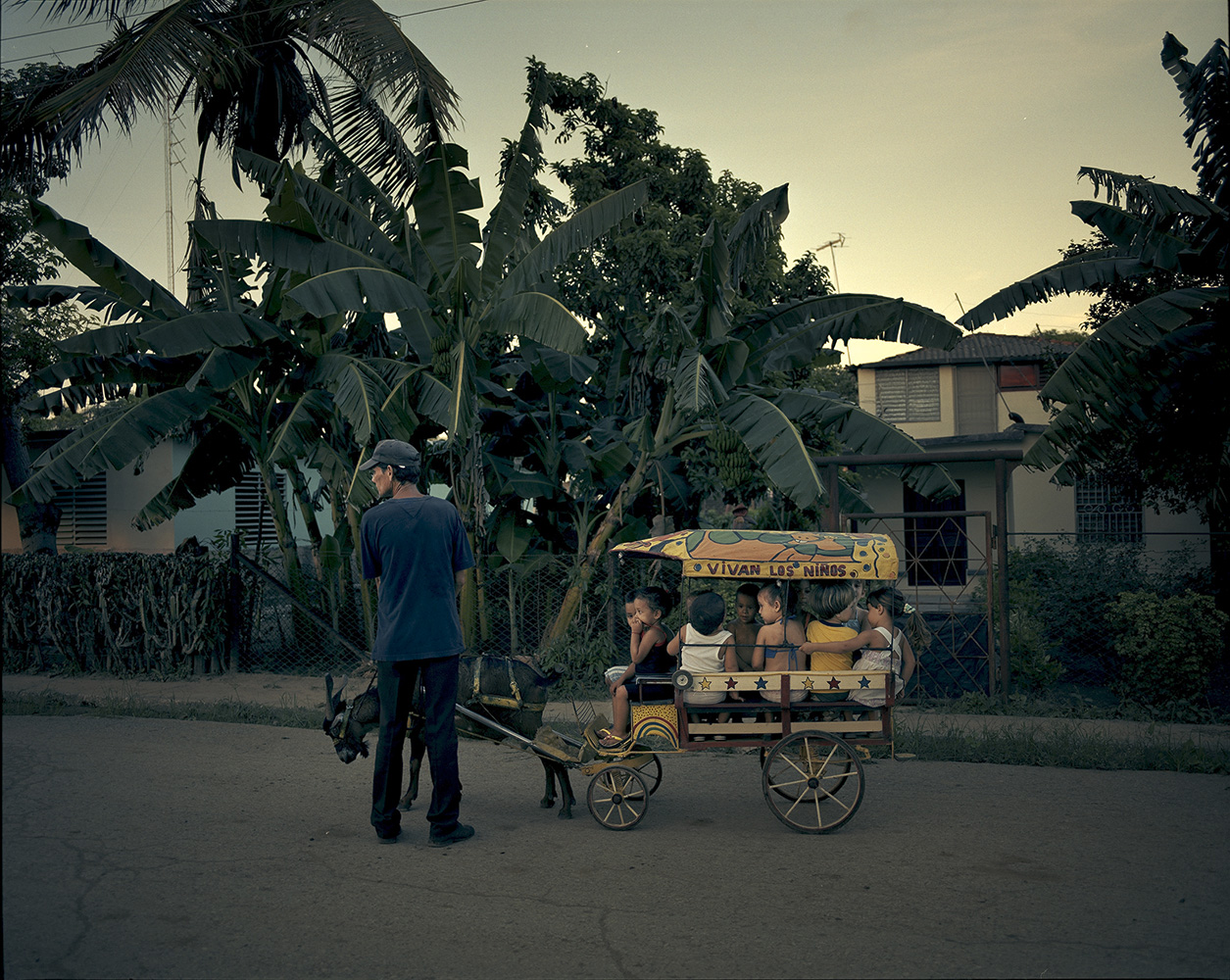
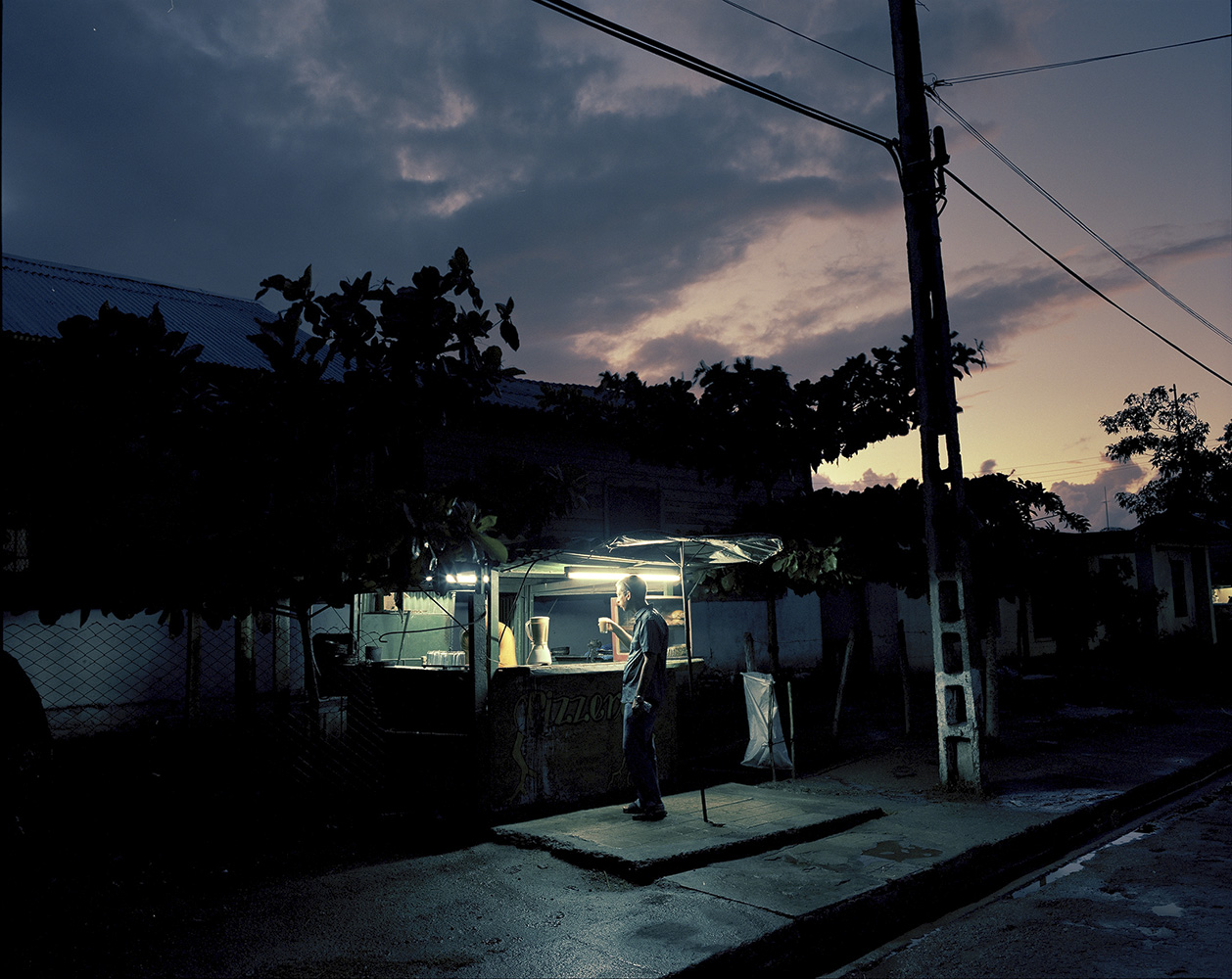
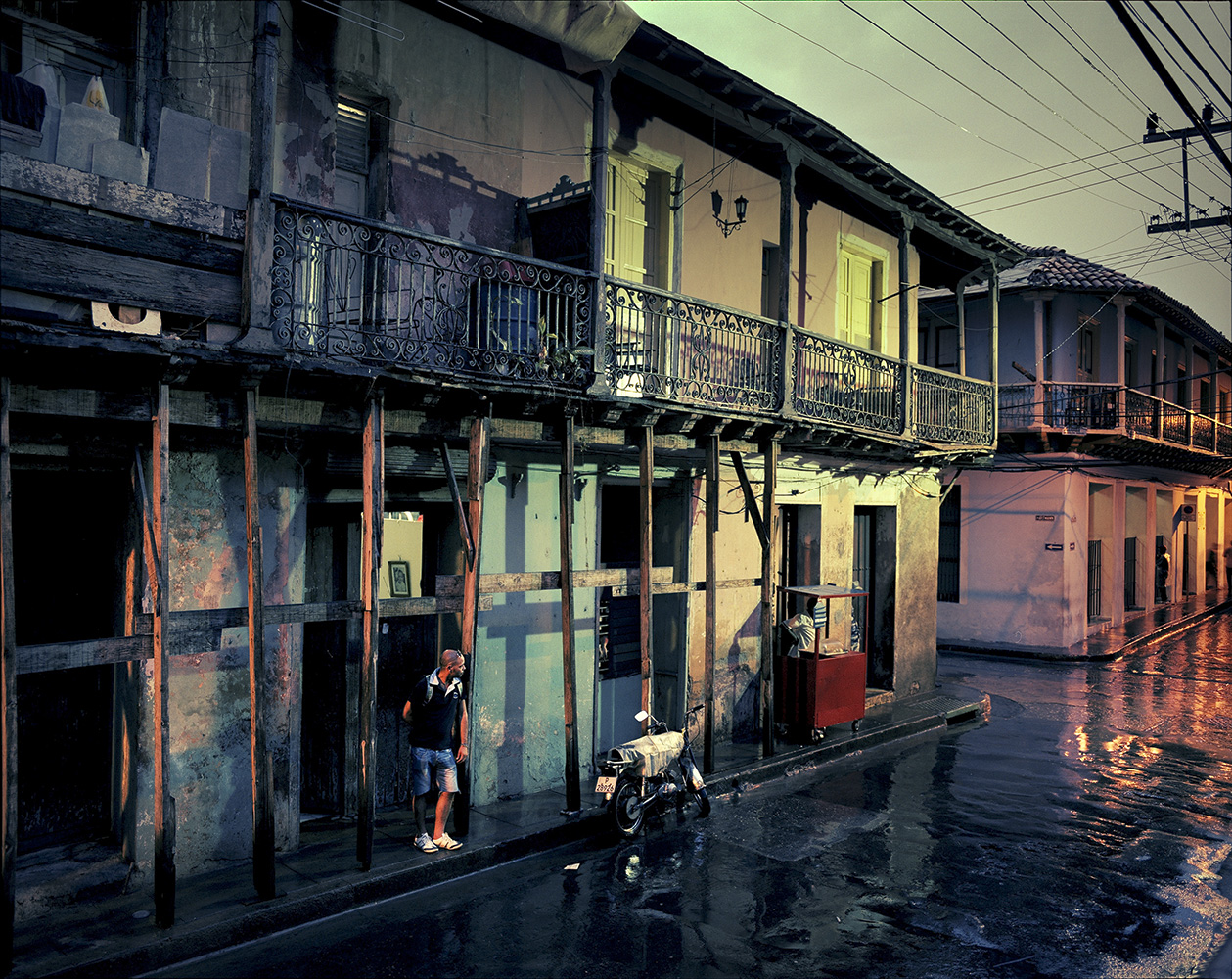
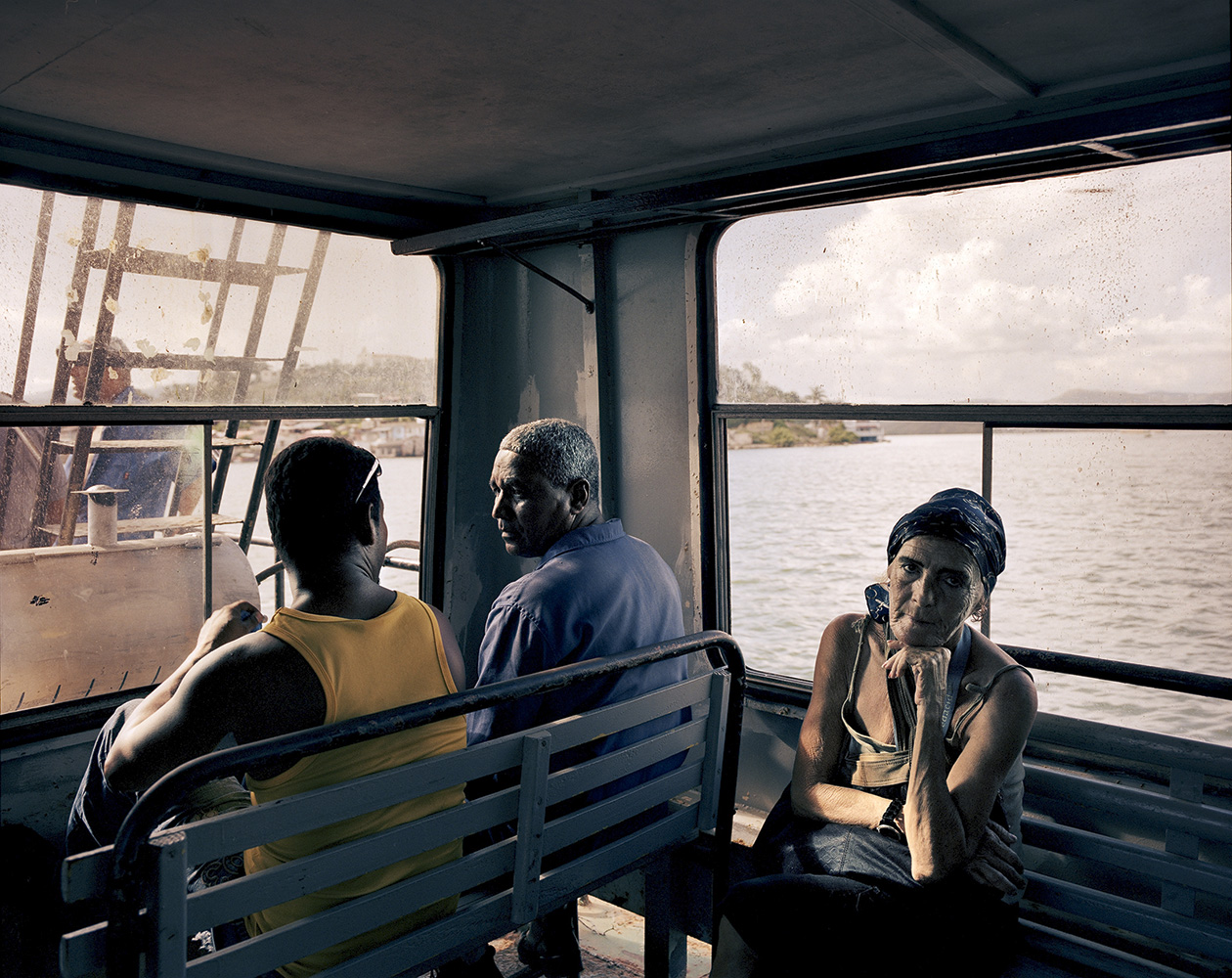



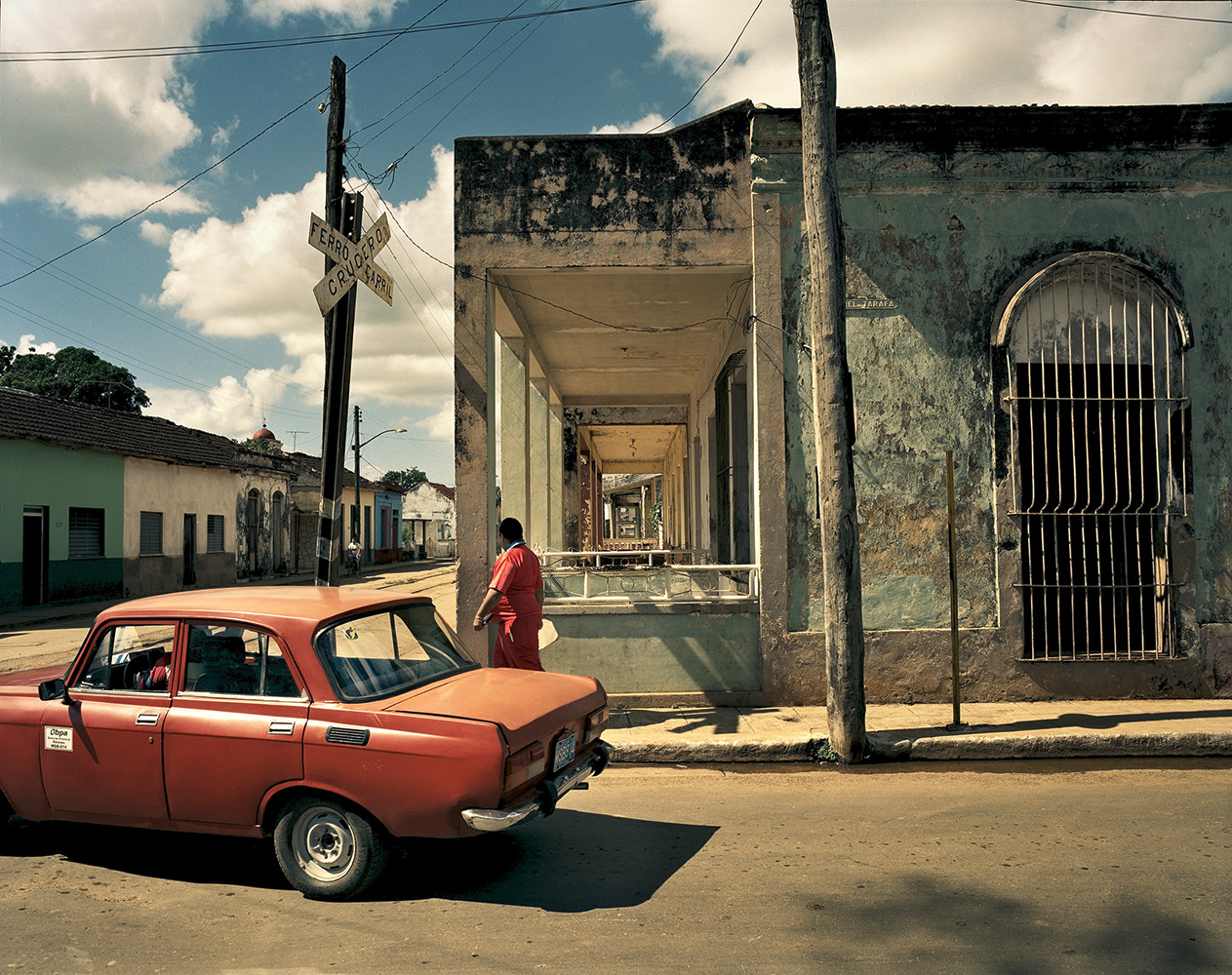

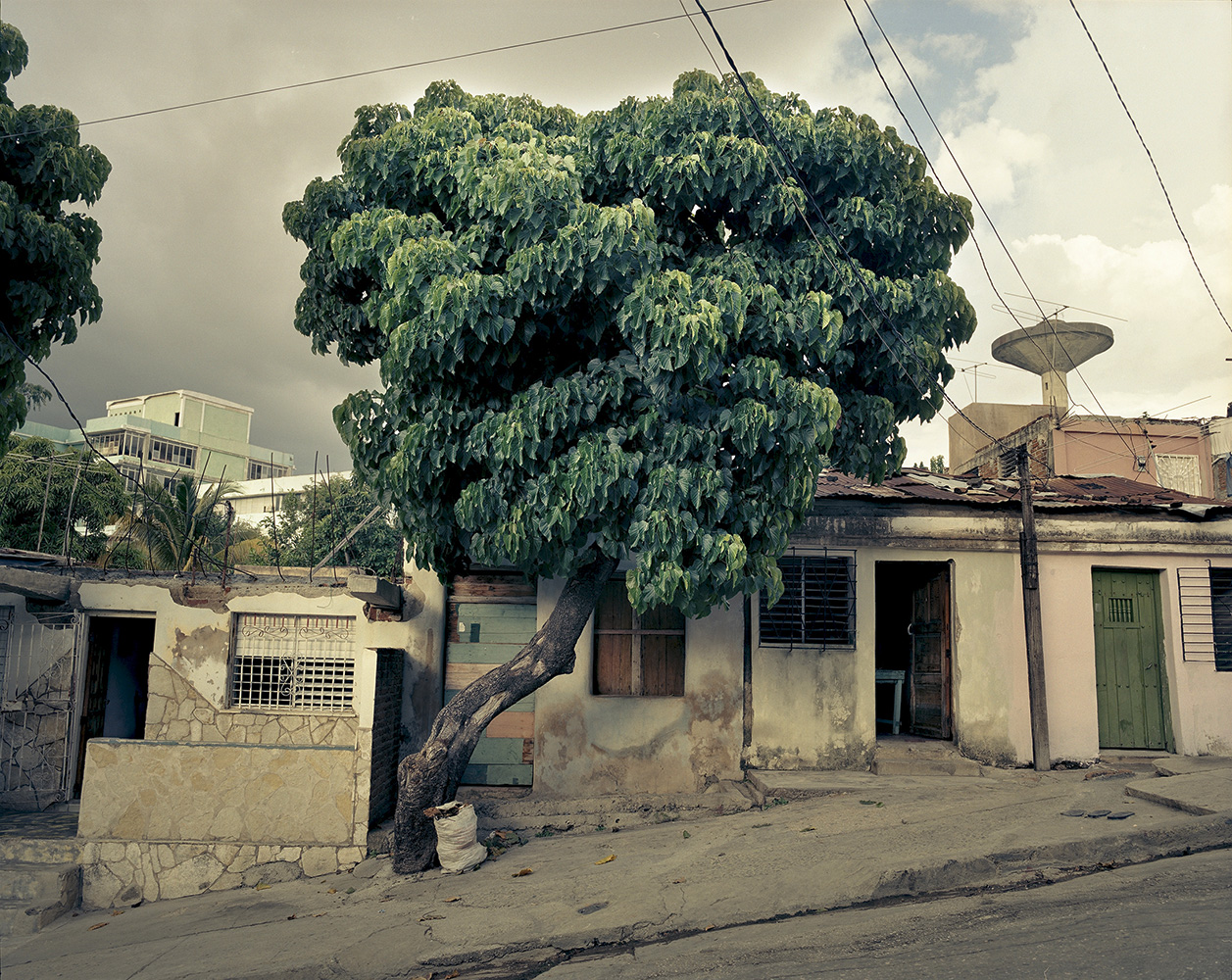

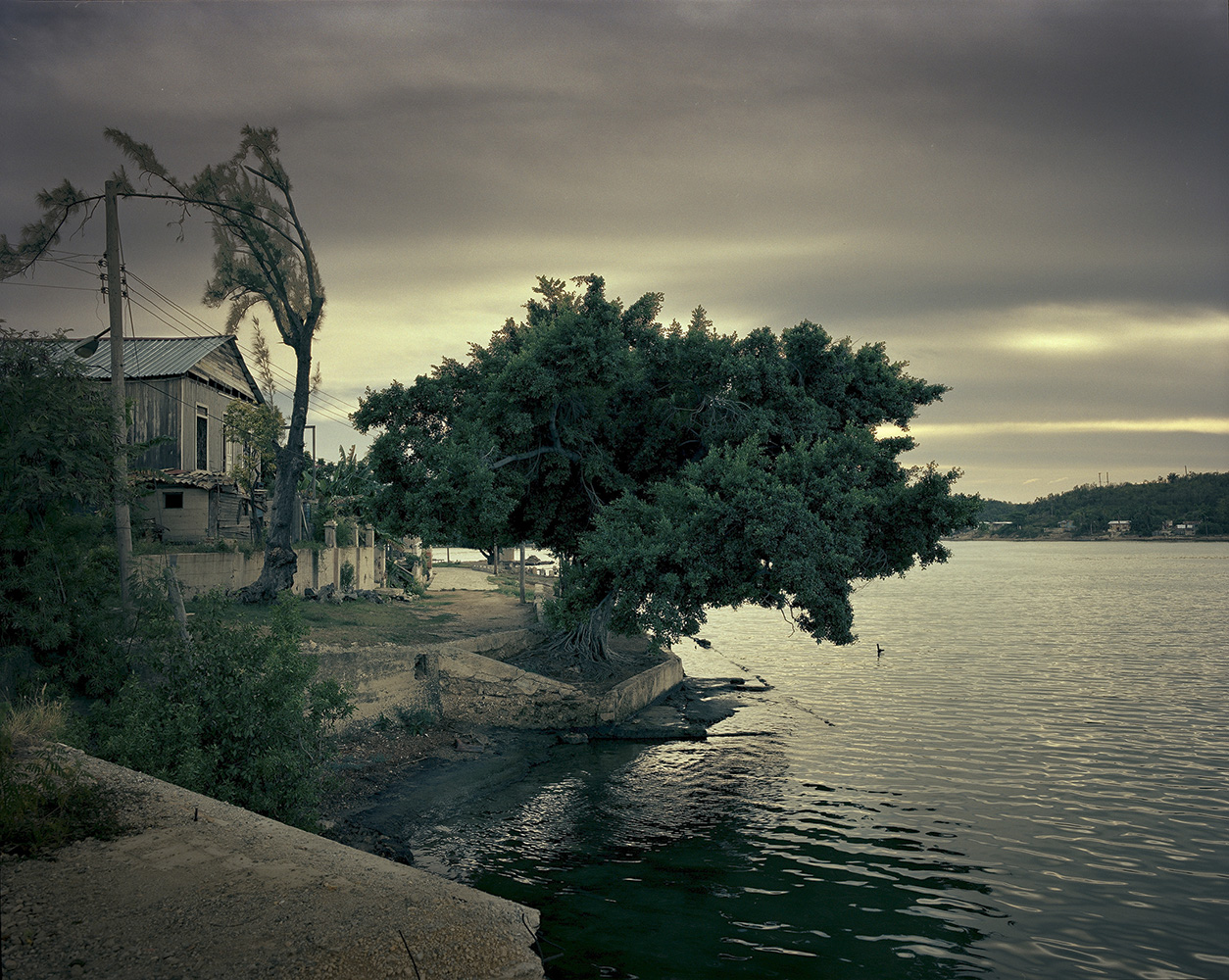
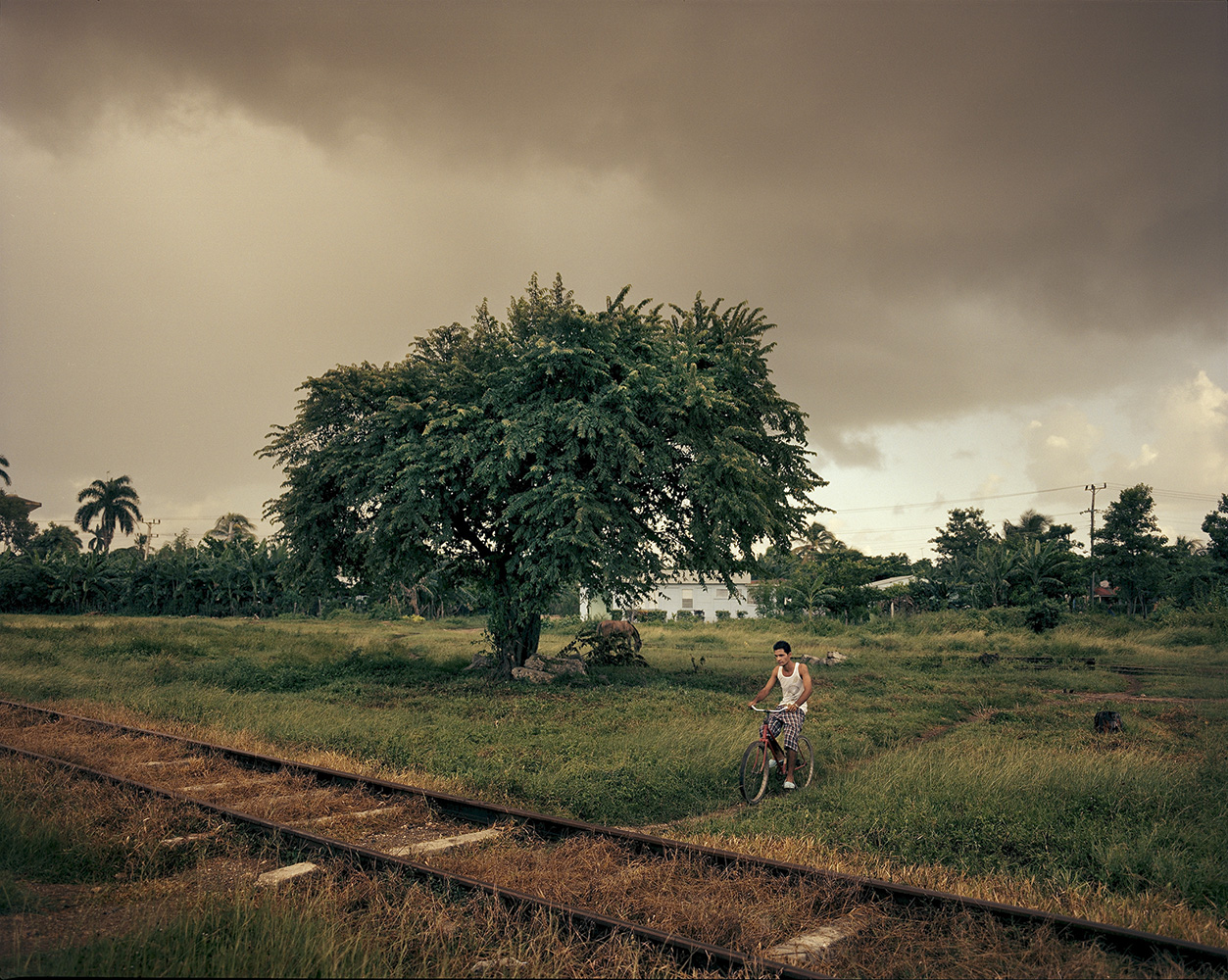

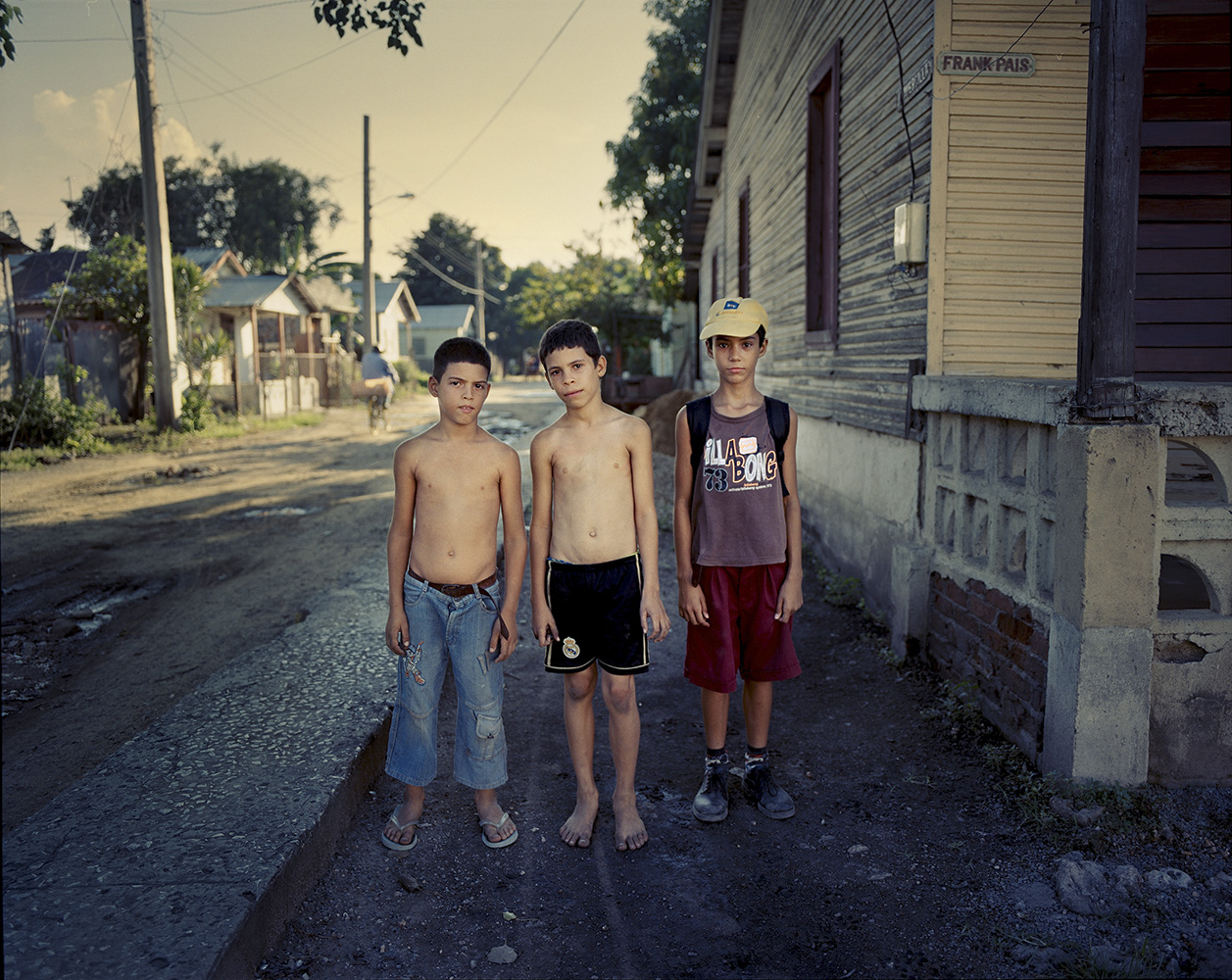
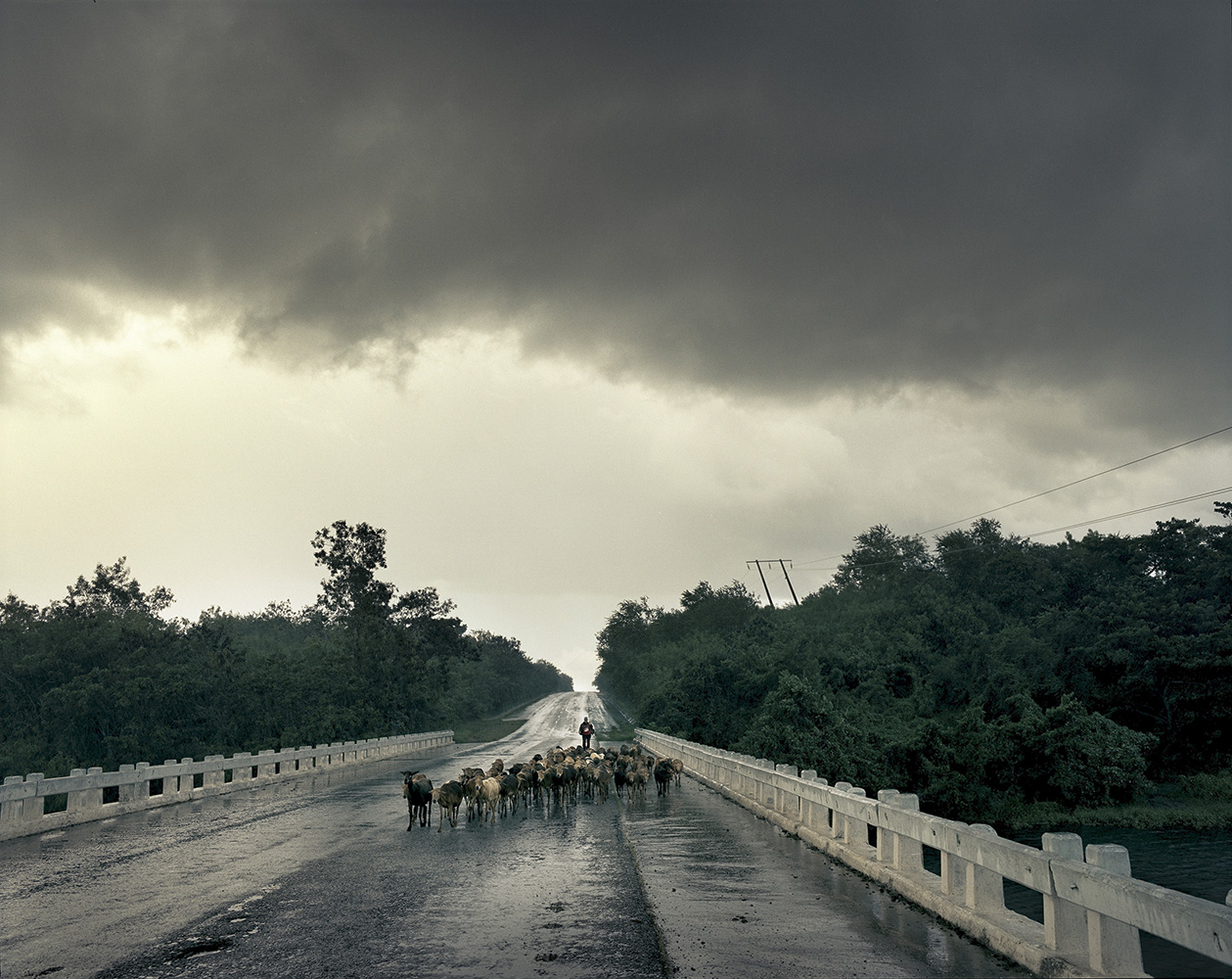
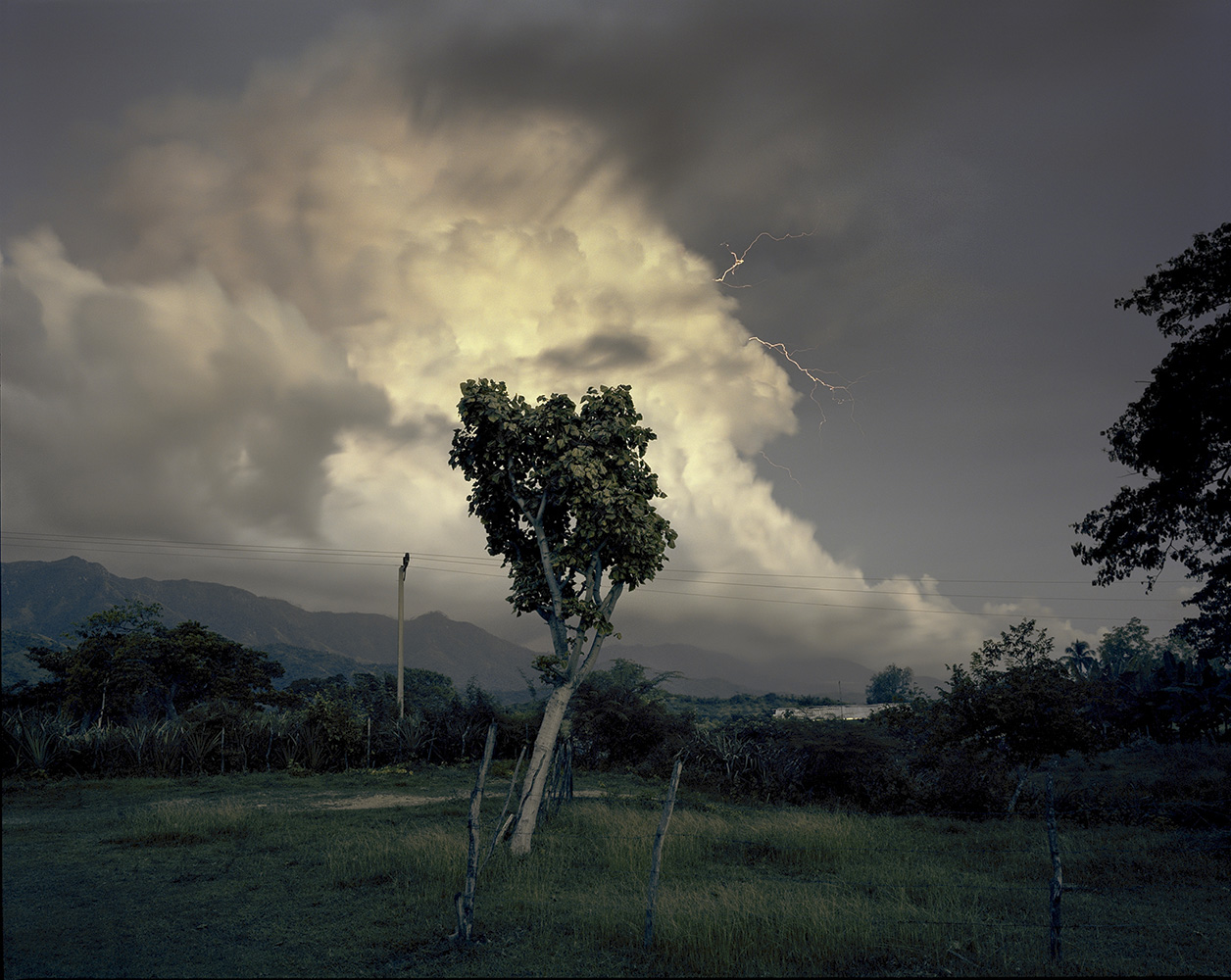


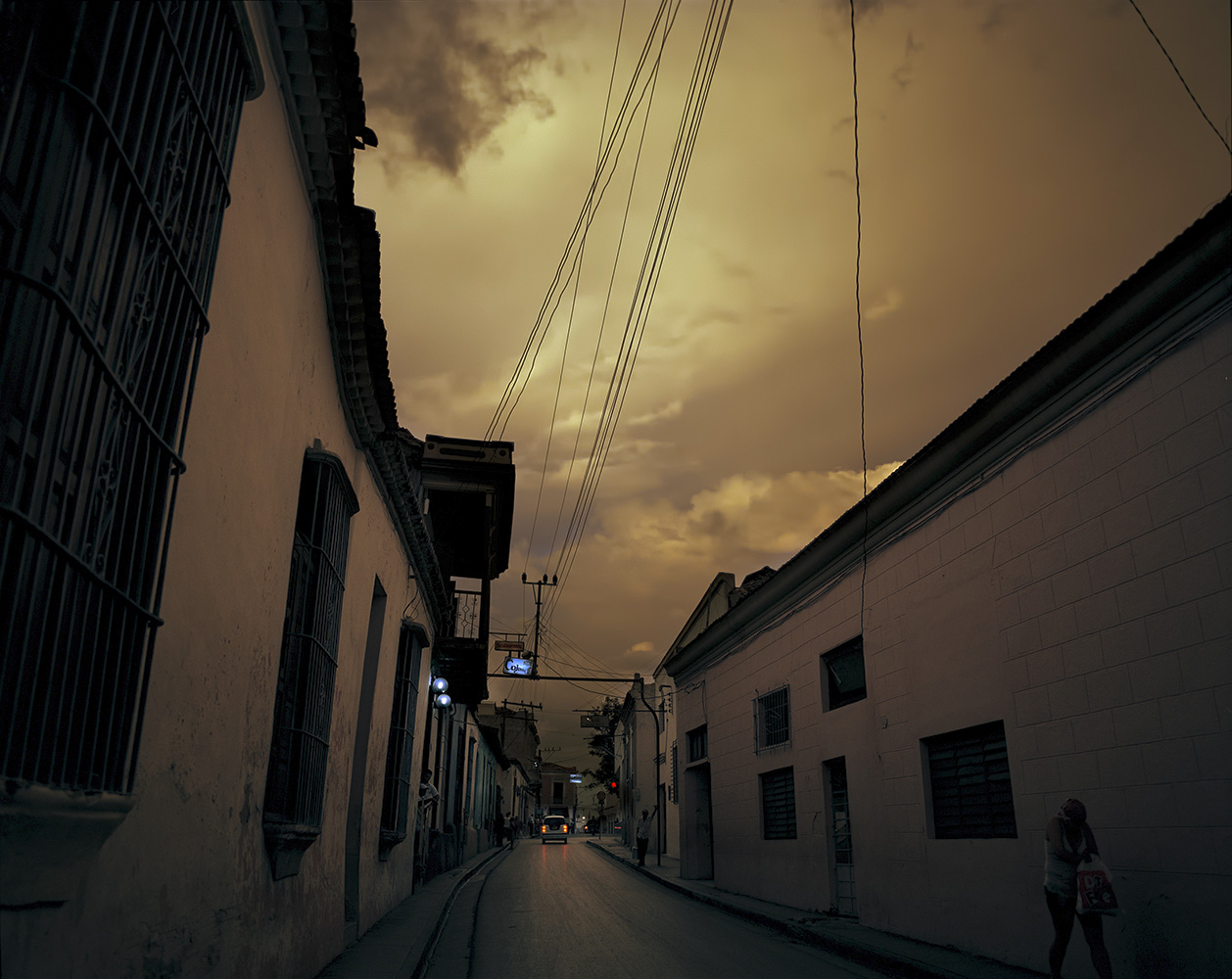
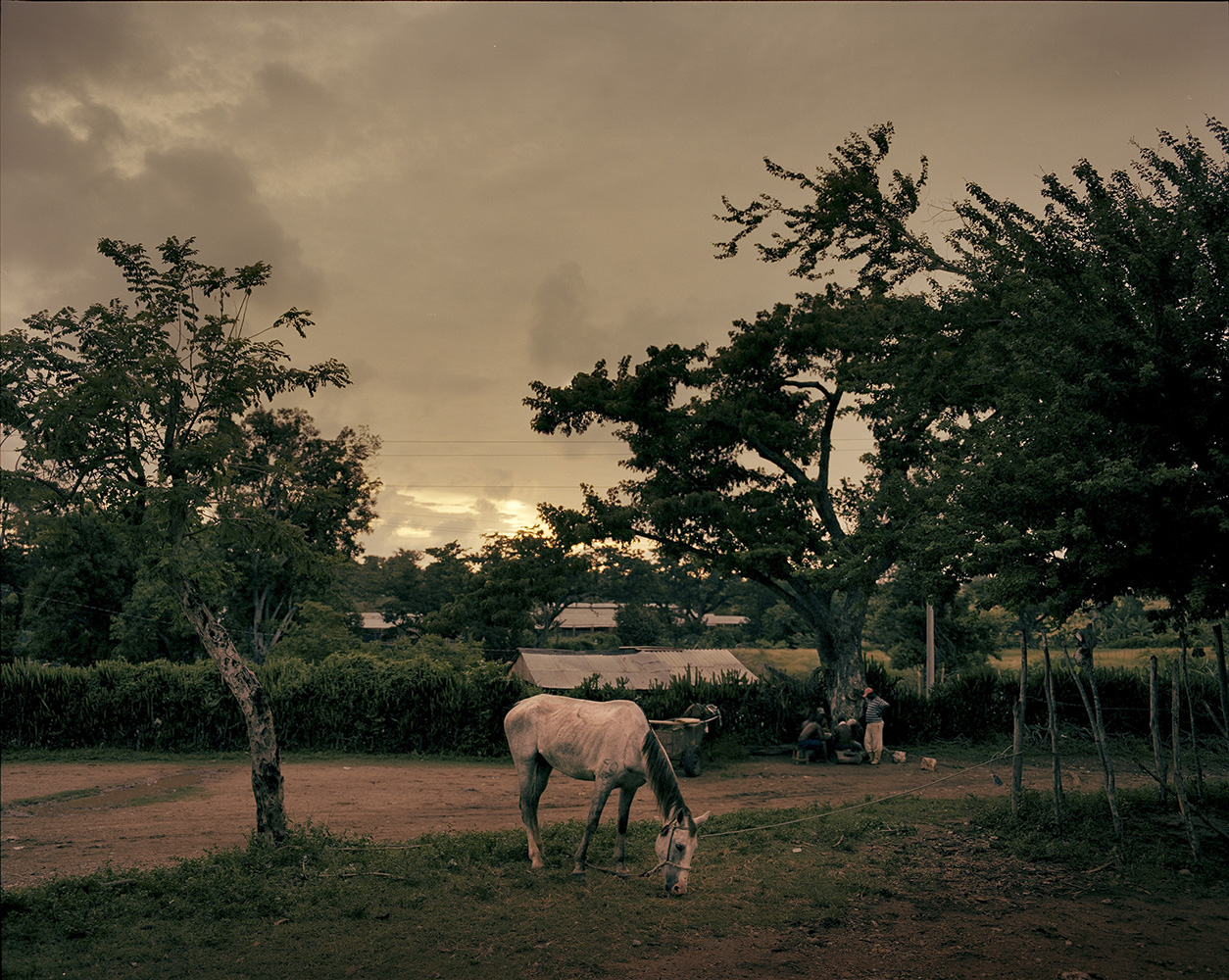
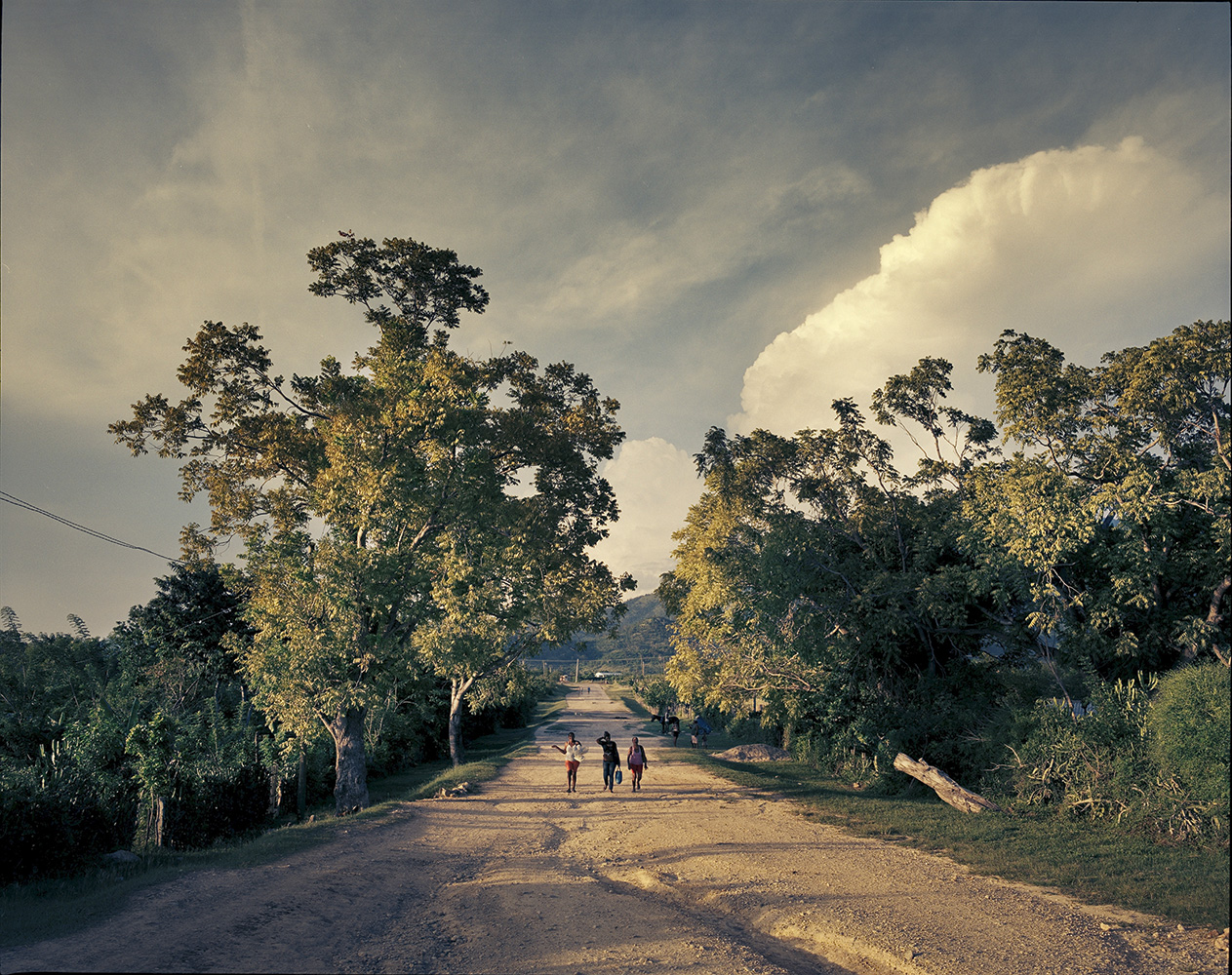


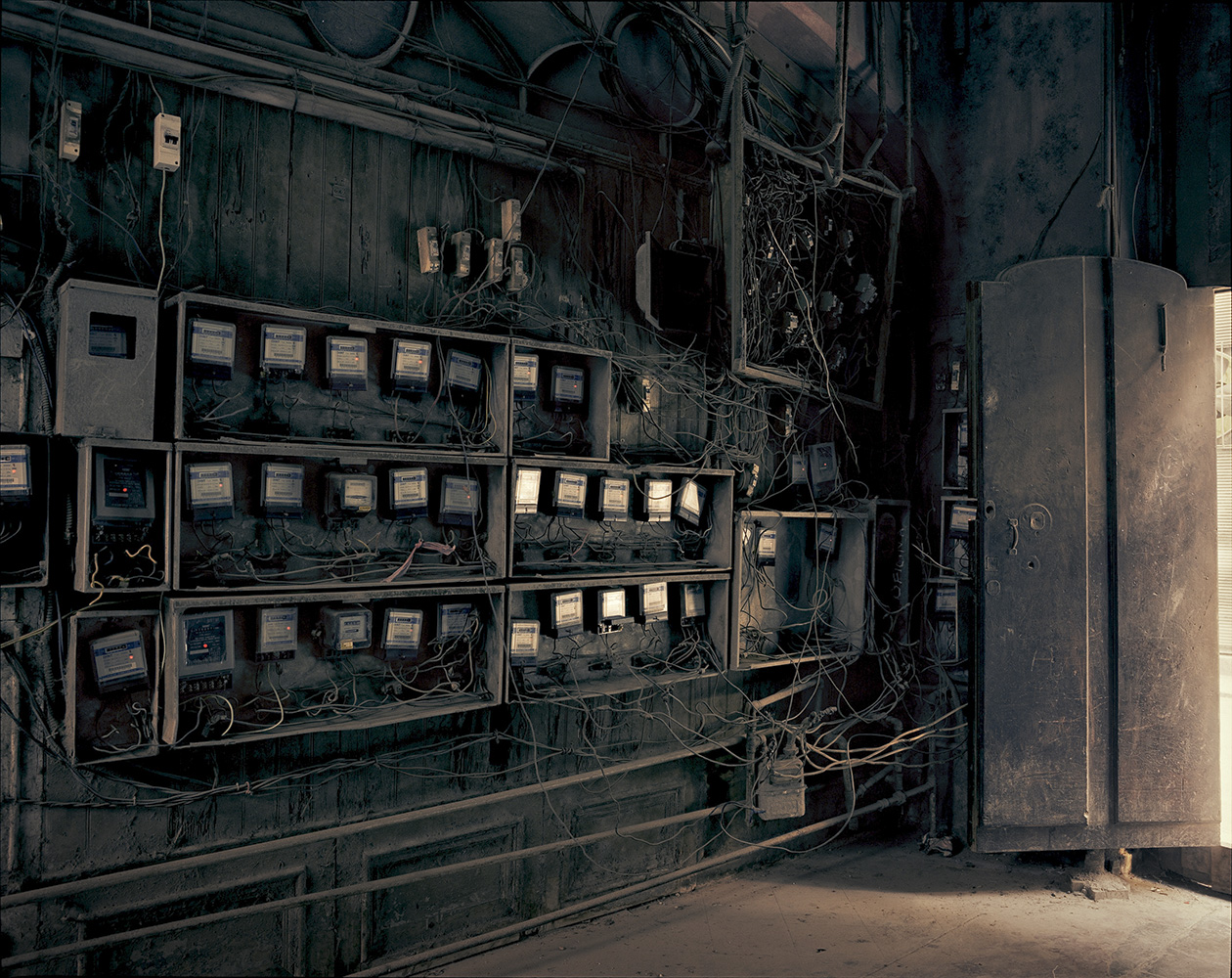
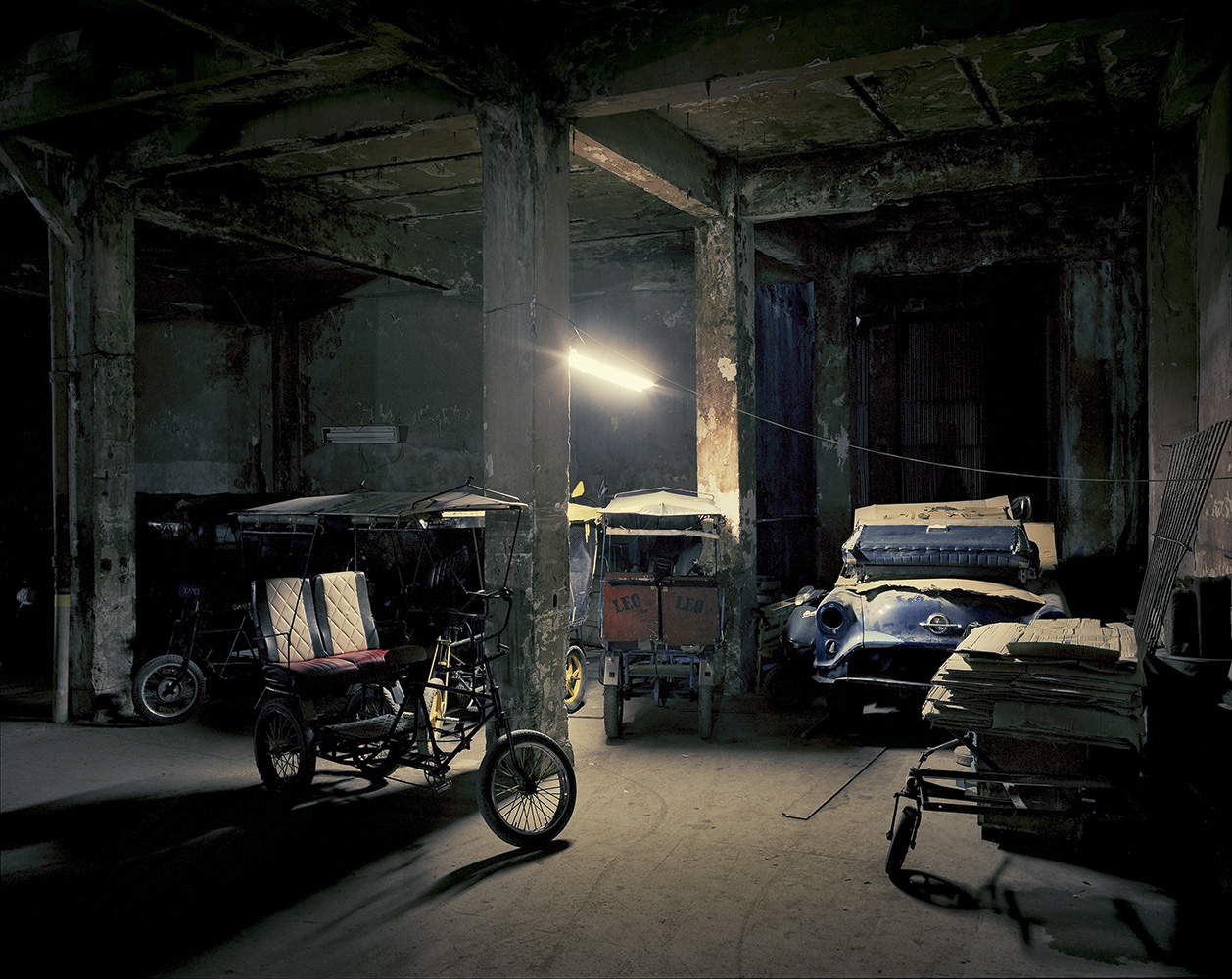
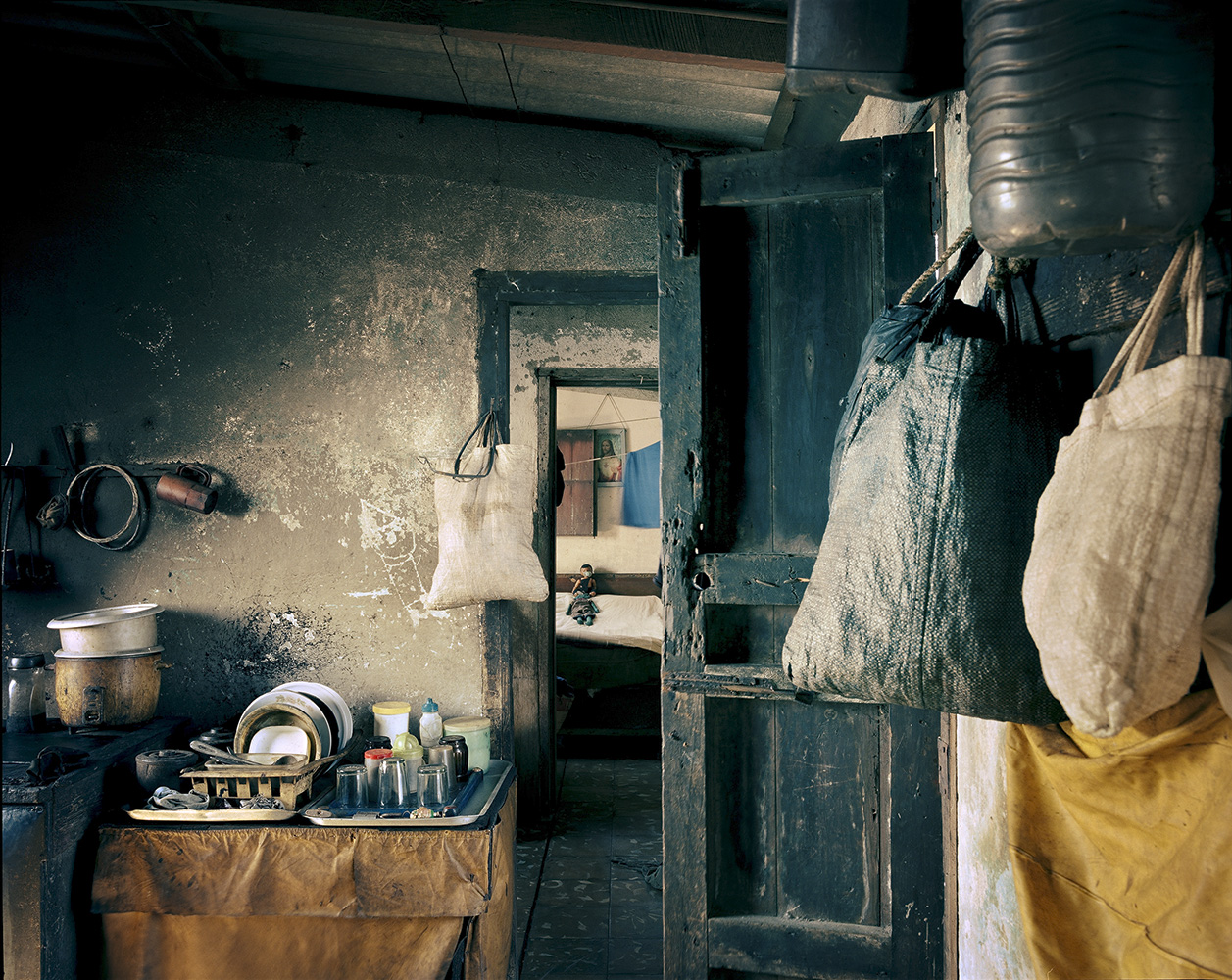
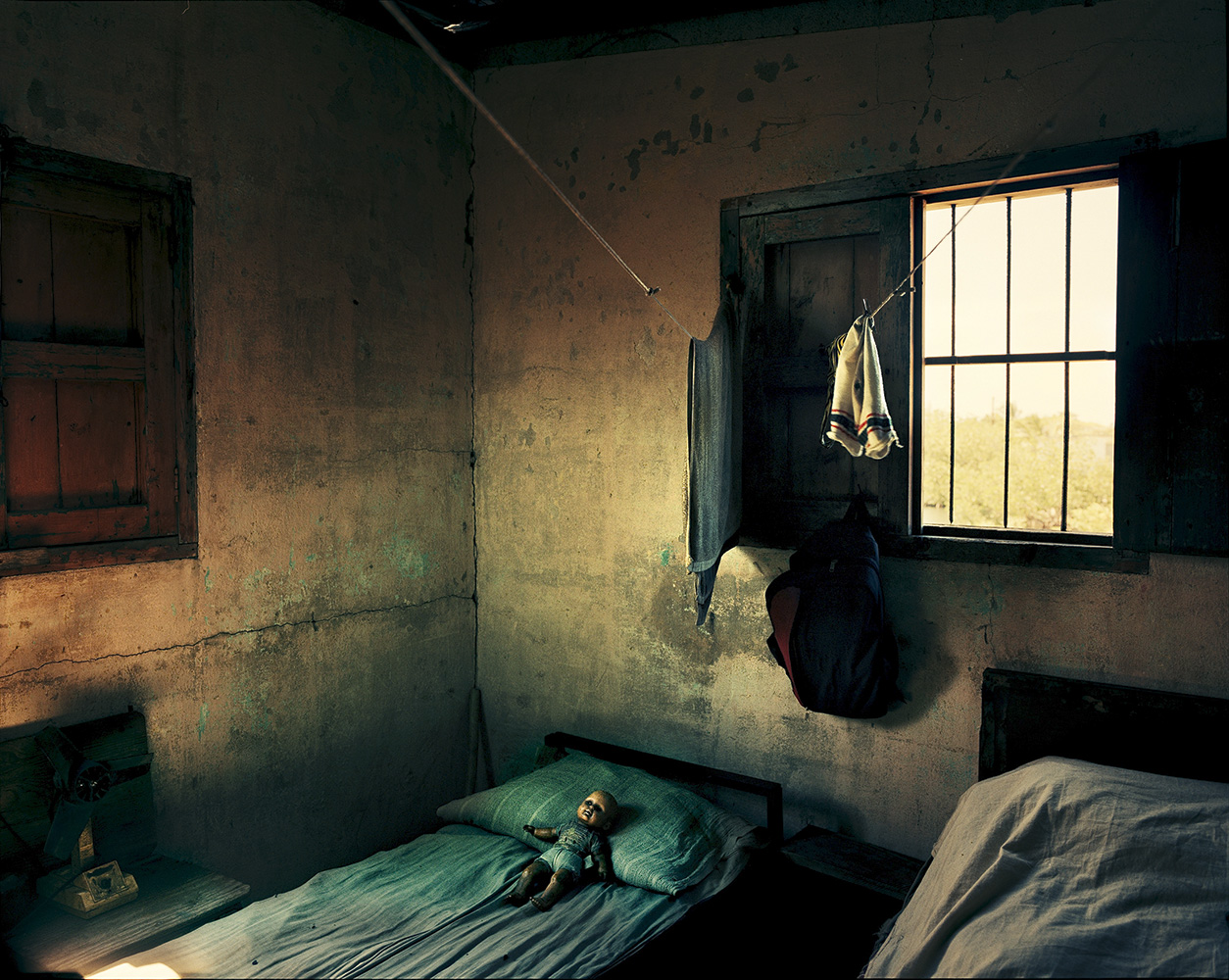
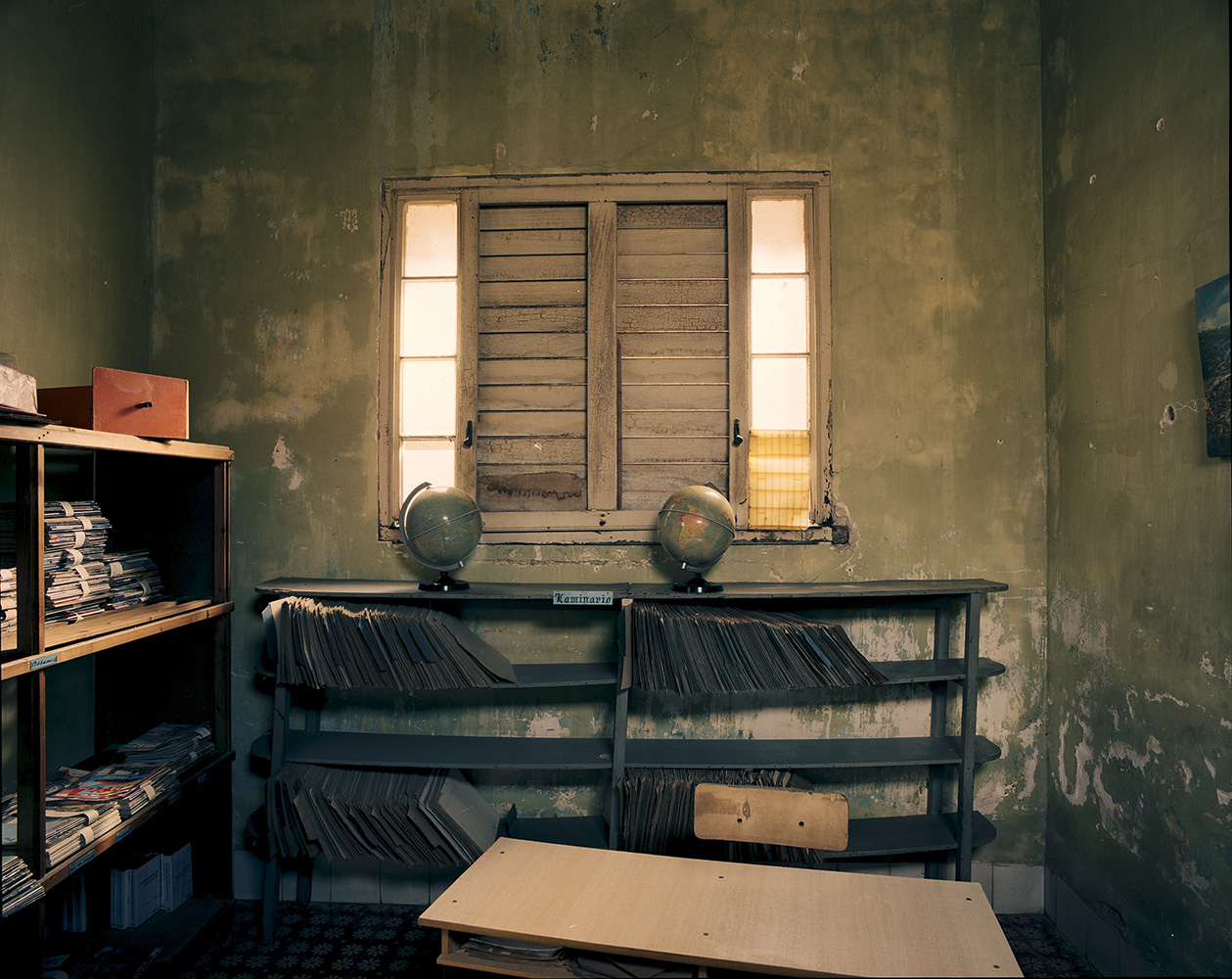

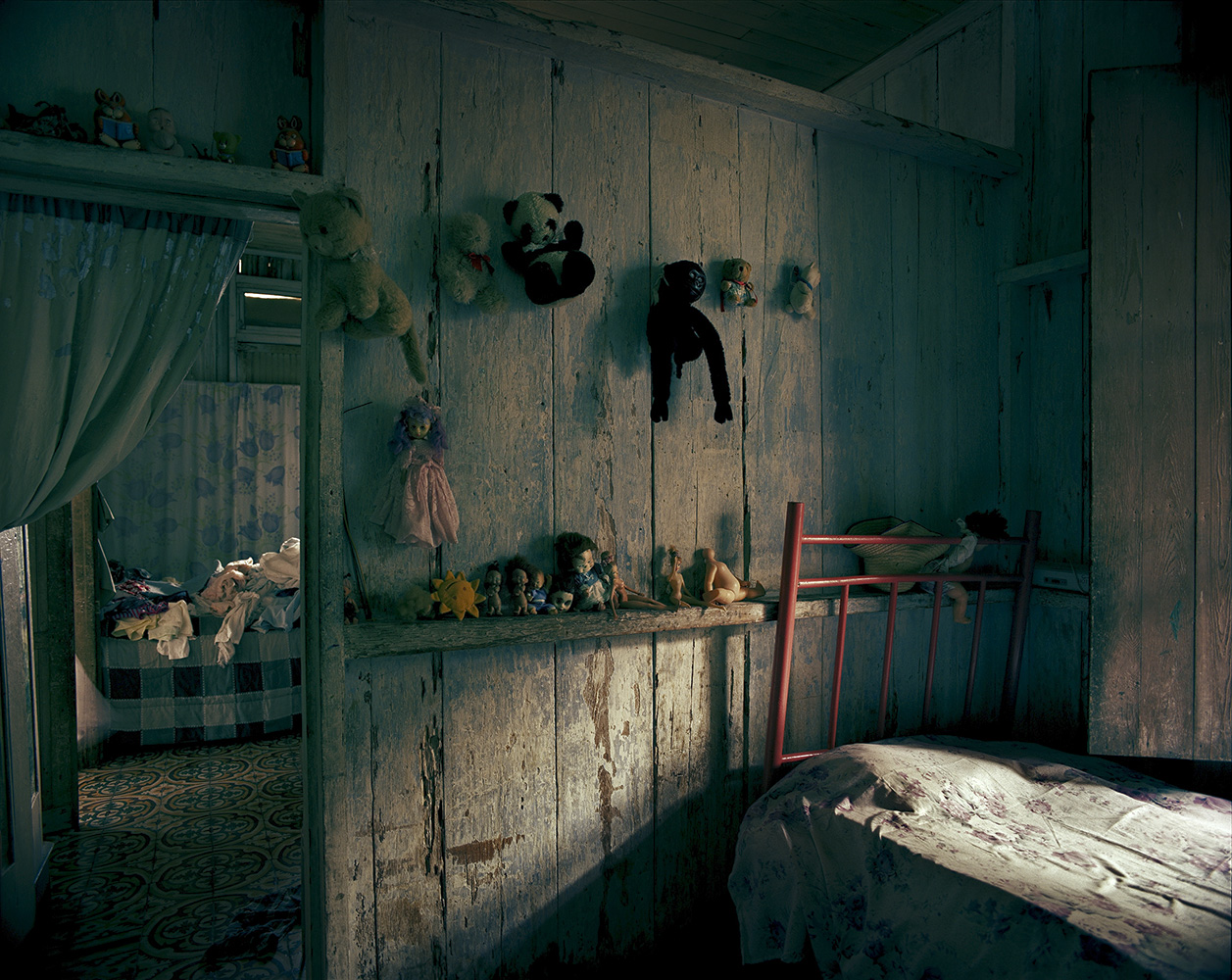
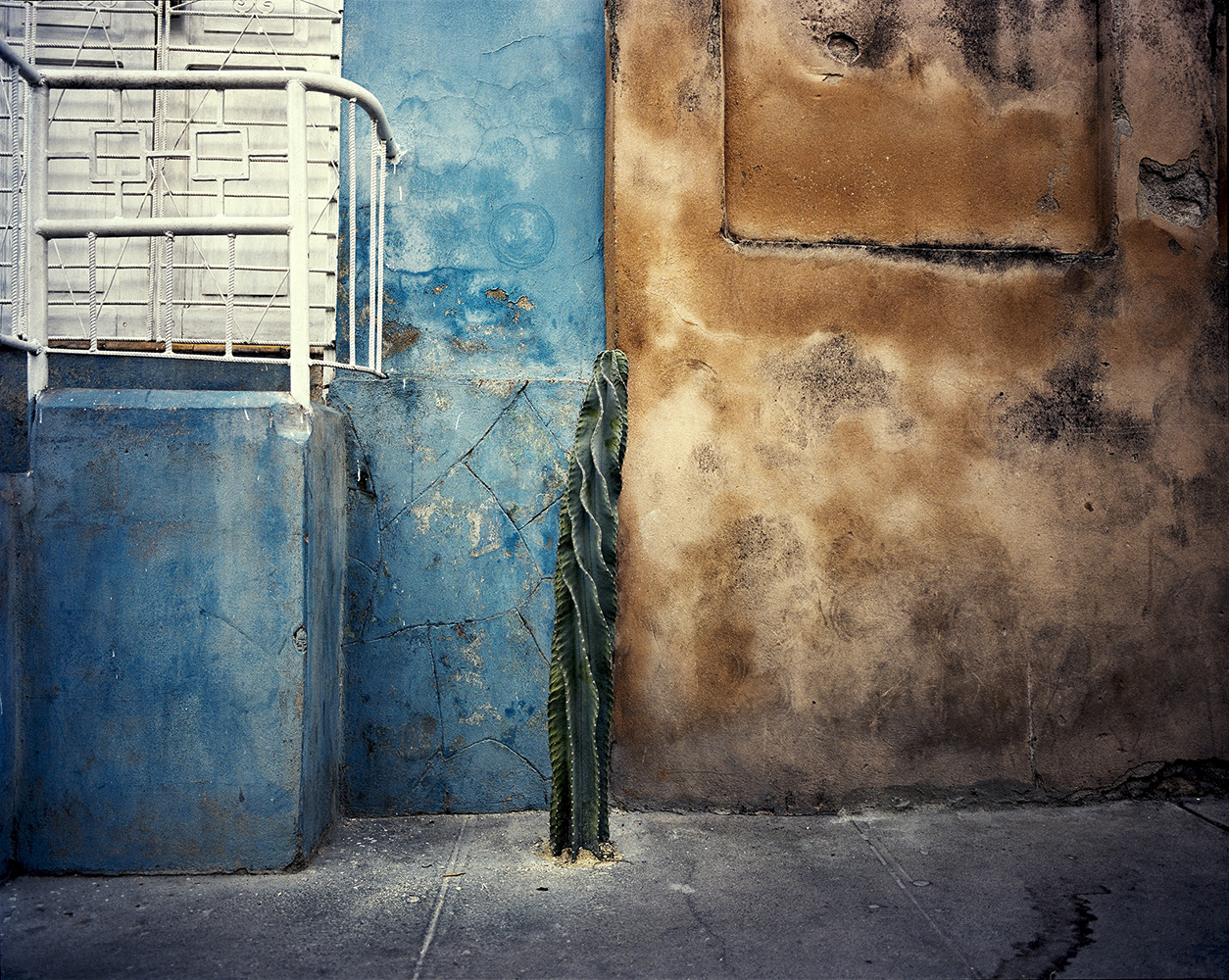
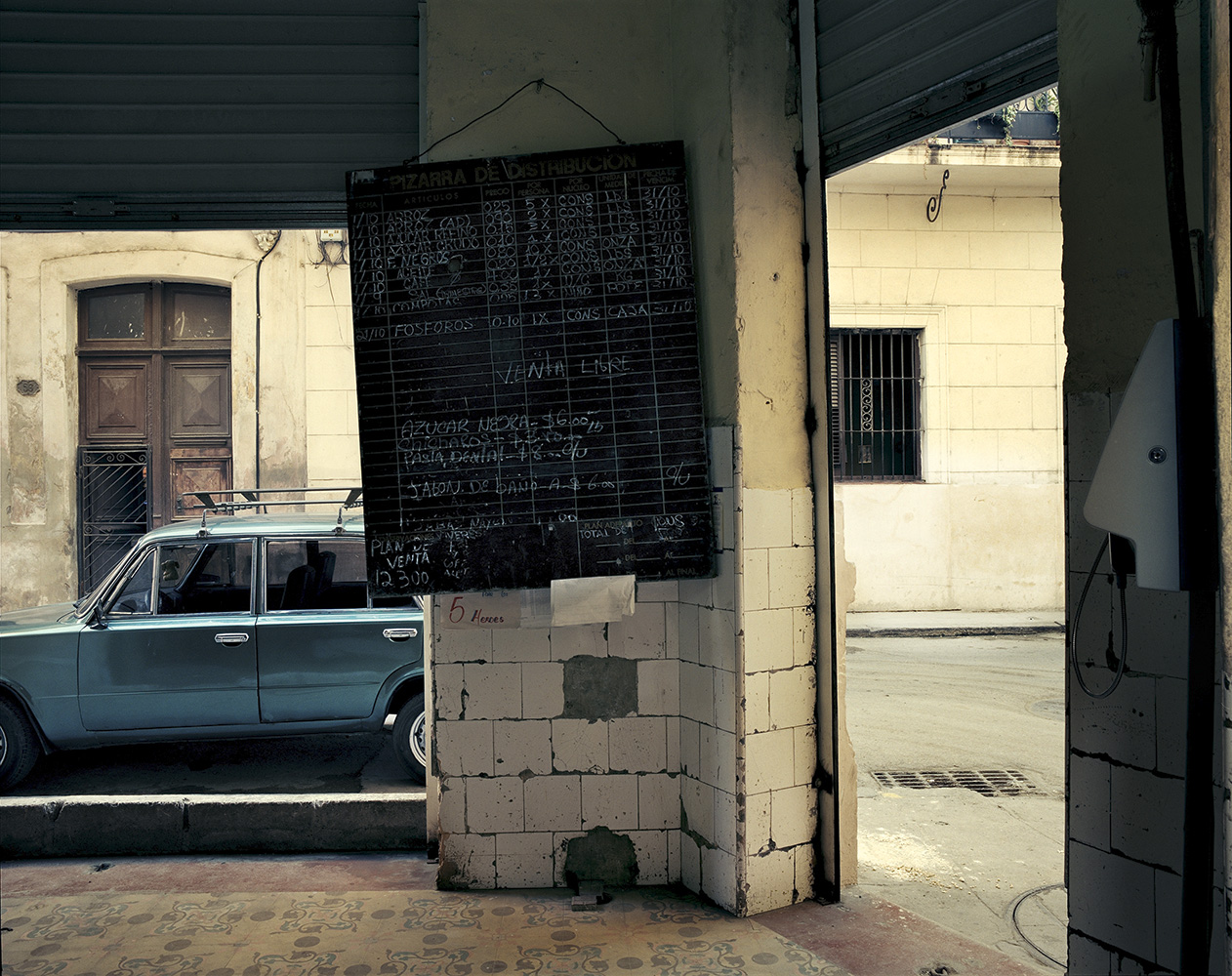




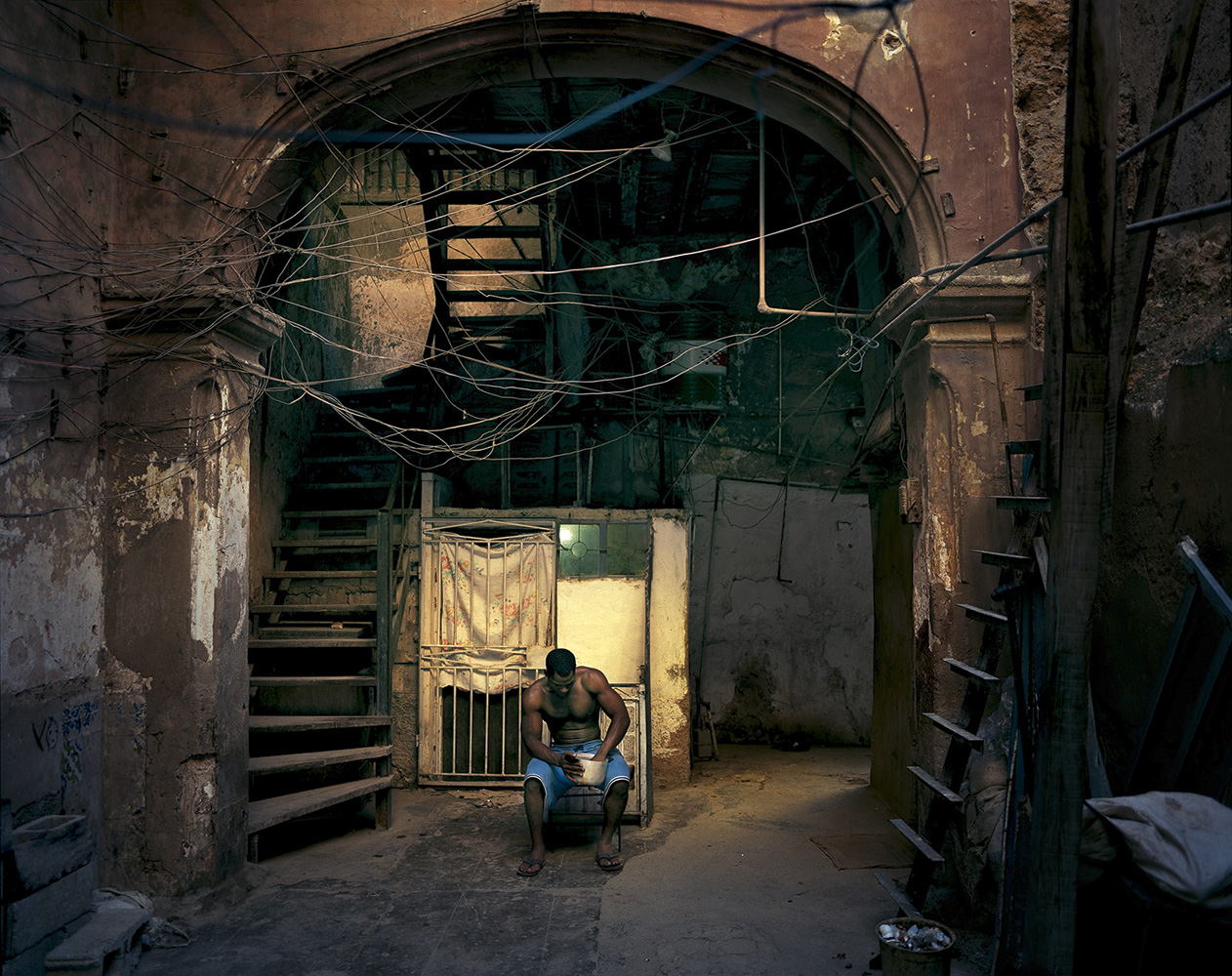

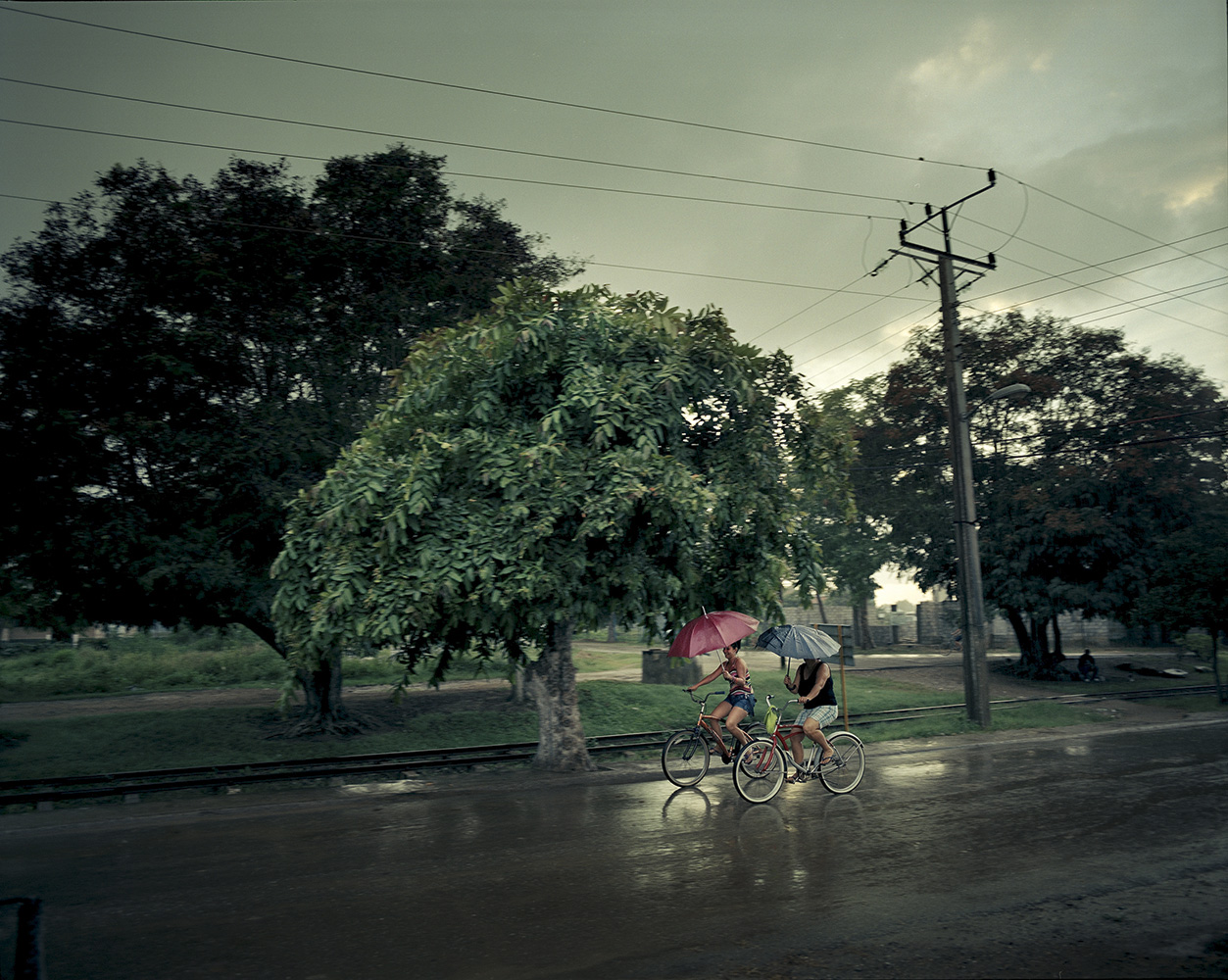
More Must-Reads from TIME
- Cybersecurity Experts Are Sounding the Alarm on DOGE
- Meet the 2025 Women of the Year
- The Harsh Truth About Disability Inclusion
- Why Do More Young Adults Have Cancer?
- Colman Domingo Leads With Radical Love
- How to Get Better at Doing Things Alone
- Michelle Zauner Stares Down the Darkness
Contact us at letters@time.com